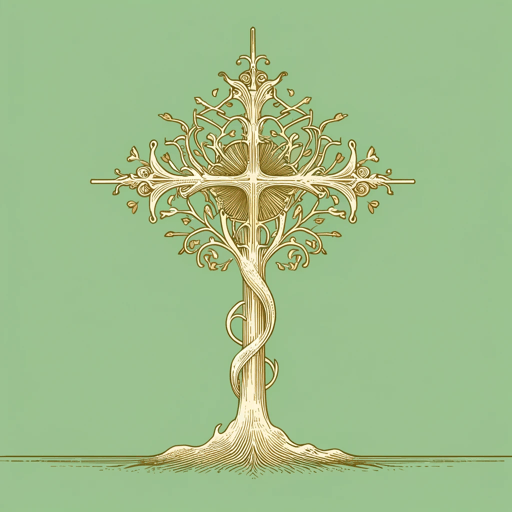30 pages • 1 hour read
AnonymousThe Dream of the Rood
Fiction | Poem | Adult | Published in 1996A modern alternative to SparkNotes and CliffsNotes, SuperSummary offers high-quality Study Guides with detailed chapter summaries and analysis of major themes, characters, and more.
Background
Historical Context: Christianity and the Early Middle Ages in England
Fragments of the “Dream of the Rood” have been found on the Ruthwell Cross, an eighth-century stone cross hewn in Northumbria, now in Scotland. The larger poem was preserved in the 10th-century Vercelli manuscript, one of the oldest collections of poetry in Old English. Given its runic inscriptions on the Ruthwell Cross, it can be said “Dream of the Rood” was composed as early as the eighth century, which makes it one of the oldest poems in English.
“Dream of the Rood” is written in Old English, which is vastly different from its contemporary version. Old English is the language of the Anglo-Saxons of England. The Anglo-Saxons were groups of people who migrated from northern Europe to England during the fifth and sixth centuries. Many of them were from Germanic tribes, and Old English is considered a Germanic language close to Old German and Old Norse. The religion of the earliest Anglo-Saxons who came to England was possibly a type of Germanic “paganism,” polytheistic (i.e., with belief in many gods) in character.
Celtic-speaking people (from France, southern Germany, and central Europe) were already living in England since the first millennium BCE. Modern languages from England, such as Welsh and Scots, can trace their origins to the languages spoken by the Celtic people.
Related Titles
By Anonymous

Arabian Nights
Anonymous
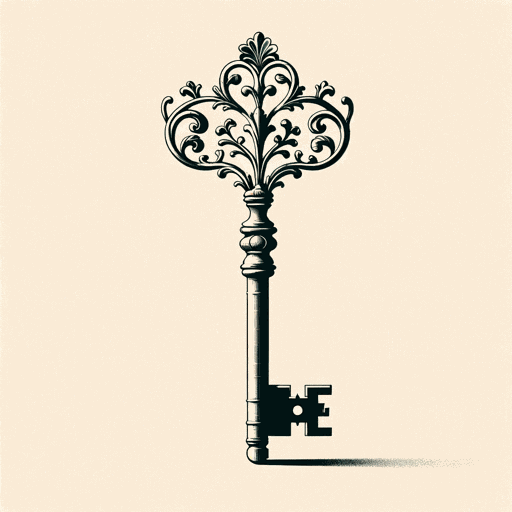
Arden of Faversham
Anonymous

A Woman in Berlin
Anonymous
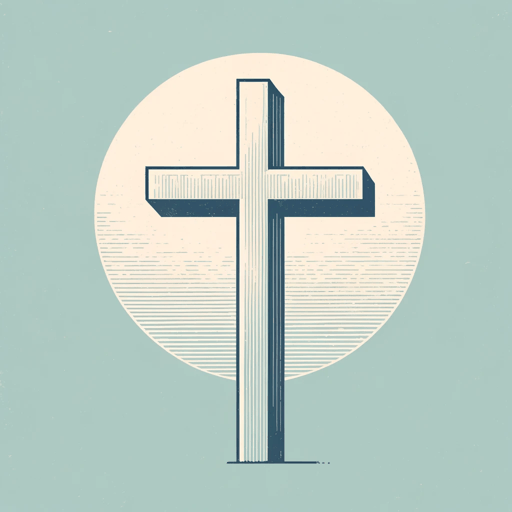
Bible (New Testament): English Standard Version
Anonymous
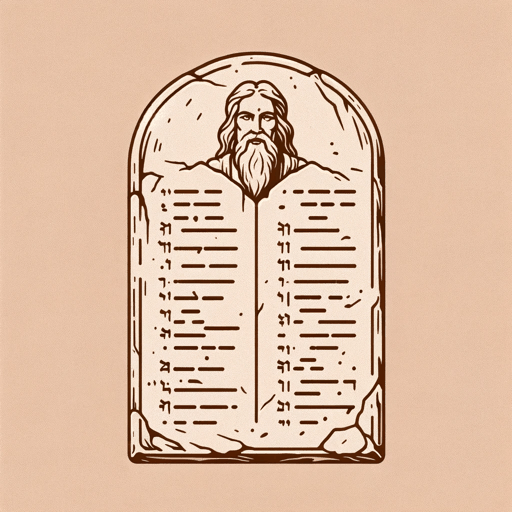
Bible: Old Testament: English Standard Version
Anonymous

Deuteronomy
Anonymous

Diary of an Oxygen Thief
Anonymous
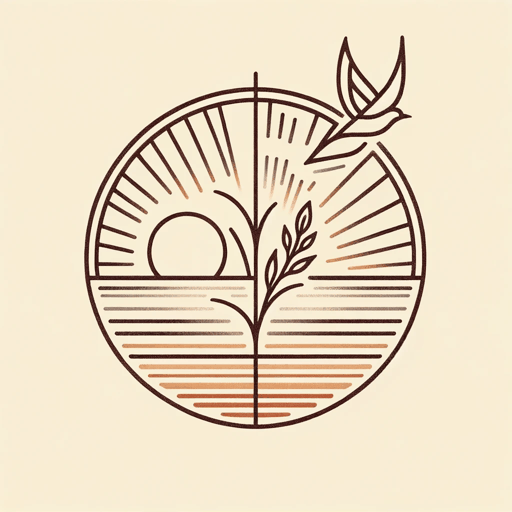
Do Not Stand at My Grave and Weep
Anonymous

Everyman
Anonymous

Hebrew Bible
Anonymous

Holy Bible
Anonymous

Homeric Hymns
Anonymous

Judith
Anonymous

Laxdaela Saga
Anonymous
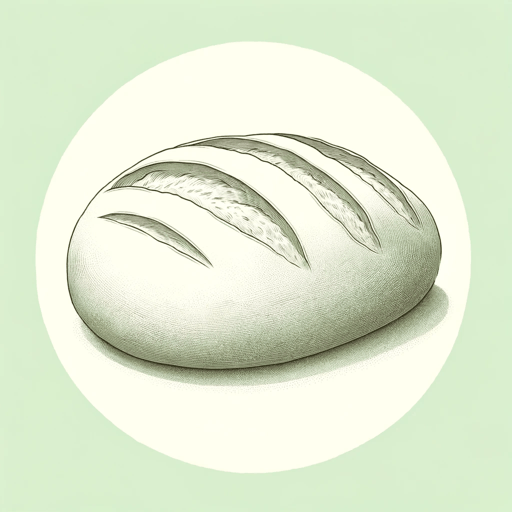
Lazarillo De Tormes
Anonymous

Mahabharata
Anonymous
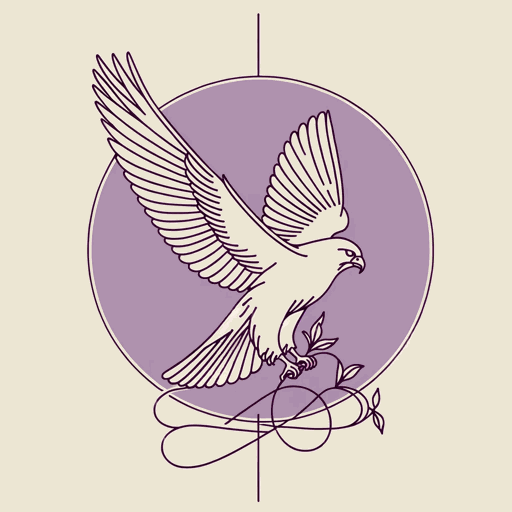
Nibelungenlied
Anonymous
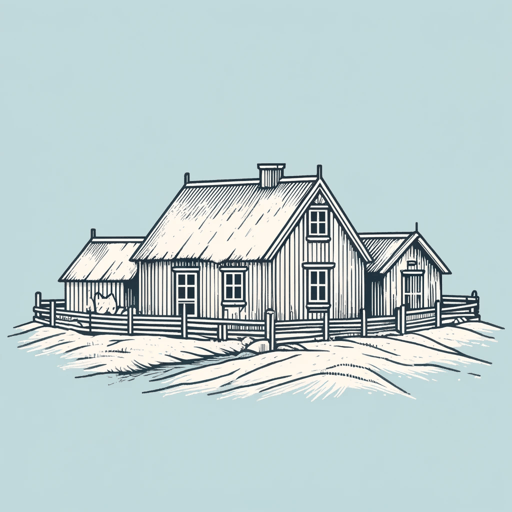
Njals Saga
Anonymous

One Thousand and One Nights
Anonymous

Popol Vuh
Anonymous
